|
K.C.S.E Biology Q & A - MODEL 2015PP1QN07
How is a guard cell structurally adapted for gaseous exchange?
answers
0 Comments
K.C.S.E Biology Q & A - MODEL 2015PP1QN06
Students set up an experiment as illustrated below.
(a) Name the physiological process that resulted in the observations made after 30 minutes.
(b) State the importance of the physiological process investigated in plants. (c) Explain the observations made after 30 minutes.
answers
(a) Osmosis;
(b) Absorption of water from the soil; opening and closing of stoma; feeding in insectivorous plants; support (in seedlings, leaves,herbaceous plants); Movement of water from cell to cell in plants. (c) The thistle funnel gained water by osmosis; because the sucrose solution was hypertonic;
K.C.S.E Biology Q & A - MODEL 2015PP1QN05
How is the low power objective lens manipulated to focus a specimen for observation under a light microscope?
answers
K.C.S.E Biology Q & A - MODEL 2015PP1QN05
State two advantages of using a coverslip when preparing a specimen for observation under a light microscope.
answers
(i) To hold the specimen in place;
(ii) Protects specimen from dehydration/drying up/dust particles; (iii)Protect objective lens from staining. K.C.S.E Biology Q & A - MODEL 2015PP1QN04
Colour blindness is a sex linked trait controlled by a recessive gene b. If a mother is a carrier and the father is normal, what is the chance that their son will be colour blind? Show your working.
K.C.S.E Biology Q & A - MODEL 2015PP1QN03
.An individual is of blood group B positive.
(a) Name the antigens in the individual’s blood. (b) Give the reason why the individual cannot receive blood from a blood group A donor.
answers
(a) (Antigen) B; Rhesus (antigen)/Rhesus factor/Antigen D
(b) Has antibody a in the blood plasma of the recipient and will correspond with antigen A in the donor’s blood, hence there will be antigen antibody reaction/agglutination. K.C.S.E Biology Q & A - MODEL 2015PP1QN02
During a lesson, students observed the structure of bat, cat and human forelimbs to determine their evolutionary relationship.
(a) State the name given to the structure of the limbs observed by the students. (b) Name the type of evolution illustrated by the structure of the limbs observed. (c) What evidence of evolution is illustrated by the limbs? (d) State the significance of the type of evolution illustrated by the limbs.
answers
(a) The pentadacty/ limb/homologous structures;
(b) Divergent evolution/adaptive radiation; (c) Comparative anatomy; (d) It allows the organisms to exploit different habitats to reduce competition;
K.C.S.E Biology Q & A - MODEL 2015PP1QN01
State two guidelines that should be followed when typing scientific names.
answers
K.C.S.E Biology Q & A - MODEL 2015PP1QN01
What is meant by the term binomial nomenclature?
answer
|
Archives
December 2024
Categories
All
TOPICSFORM 1
Form 2
Form 3
Form 4
|
Can't find what you are looking for? Don't worry, Use the Search Box Below.
|
Primary Resources
College Resources
|
Secondary Resources
|
Contact Us
Manyam Franchise
P.O Box 1189 - 40200 Kisii Tel: 0728 450 424 Tel: 0738 619 279 E-mail - sales@manyamfranchise.com |

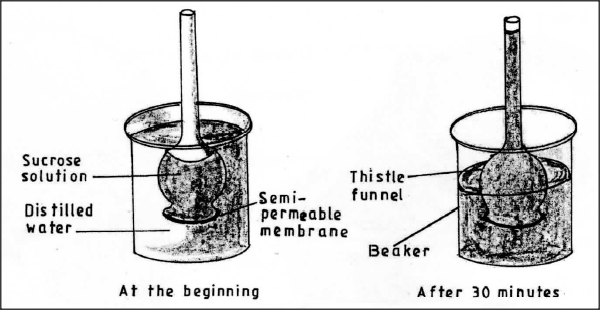
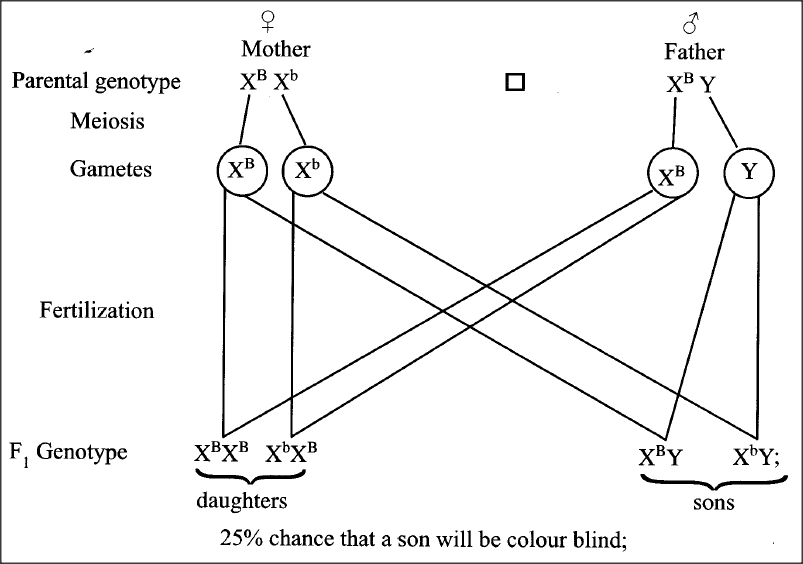
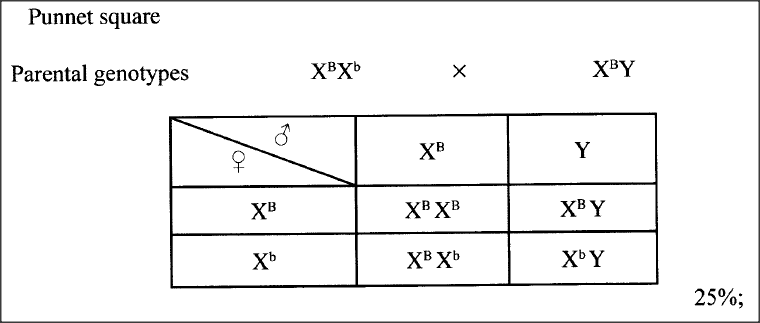



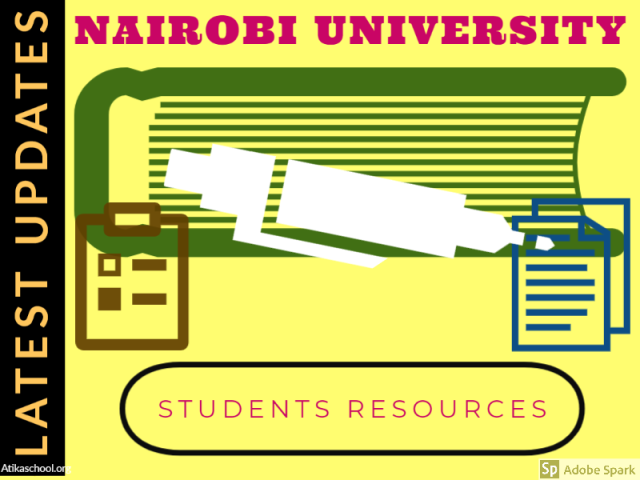
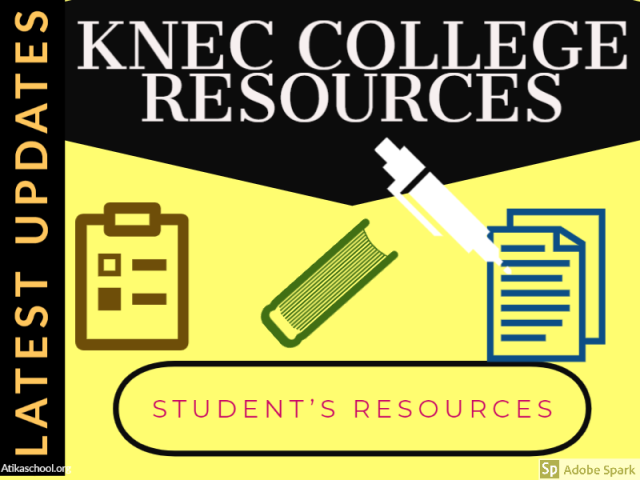


 RSS Feed
RSS Feed

